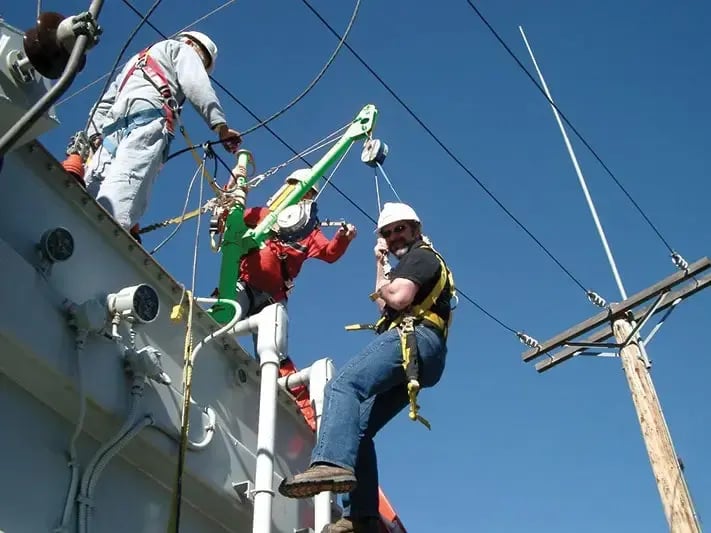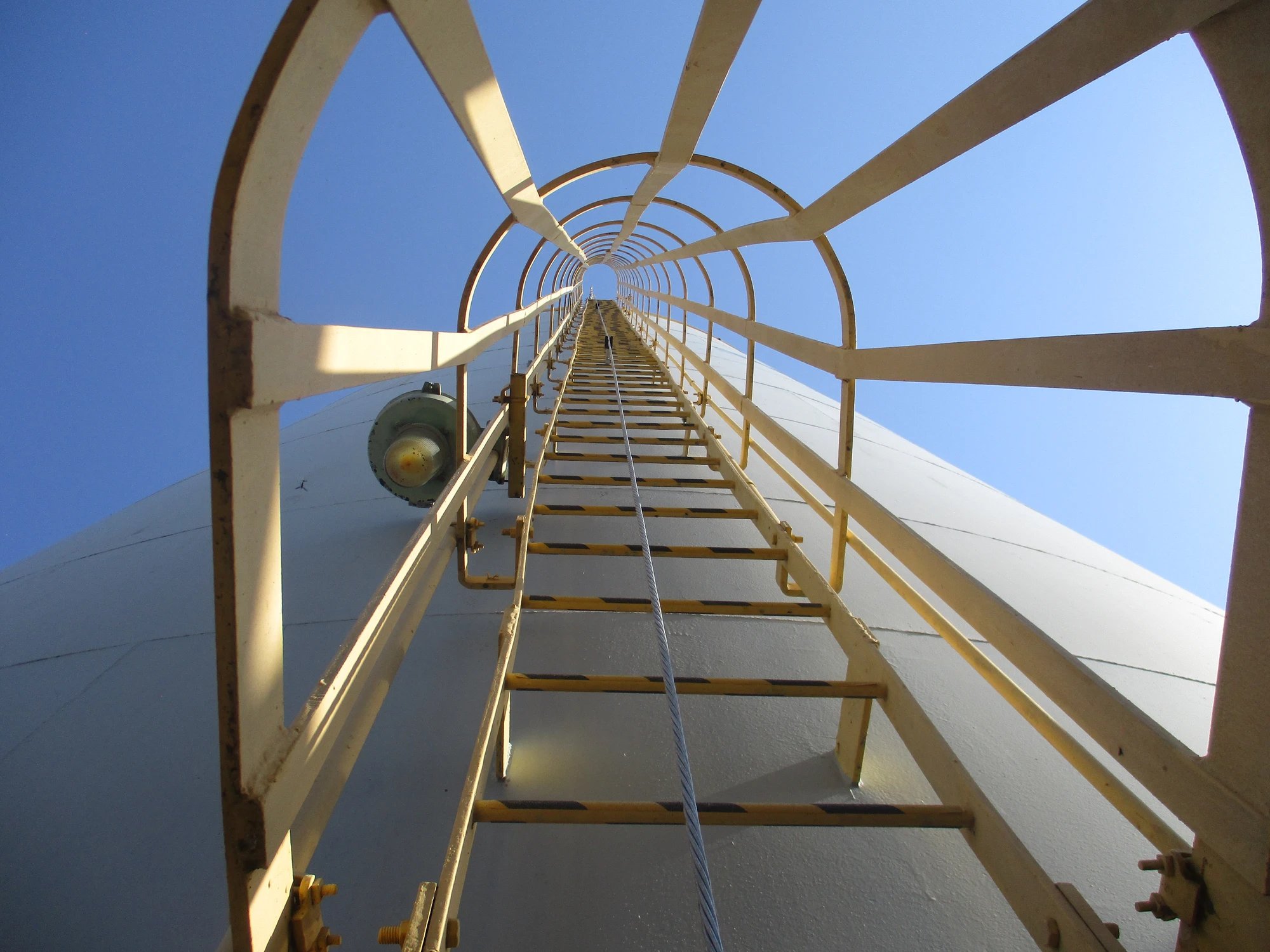Davit Arm Systems for Confined Space Applications
Davit arm systems are commonly used to raise, lower, and suspend personnel performing routine work duties or to facilitate rescues in vertical confined space applications such as vaults, manholes, and pump stations. By adding a manual or mechanical winch to the davit arm system, personnel can be lowered into the confined space or extracted with relative ease. Whether your davit system needs to be designed and configured for permanent or temporary access, the safety specialists at Diversified Fall Protection can recommend a system to suit your specific confined space and rescue requirements.
.webp?width=600&height=727&name=Confined%20Space%20and%20Rescue%20-%20In%20Applications%20(13).webp)
Related Markets
DFP is a complete turnkey provider of OSHA compliant fall protection systems with years of experience installing confined space and rescue systems. The end result is a proper fall safety solution that will provide years of safe and reliable service.
See Our Davit Arms
- Davit System features a 5000 lb (2268 kg)anchor point for fall arrest anchorage.
- Height adjustability eliminates the need for custom length masts and extensions.
- Davit System can be equipped with back mounted winches or SRL’s with retrieval capabilities.
- Lower mast extensions allow the user to increase the overall anchorage height of the system.
- Portable and fixed base options available.


.webp?width=453&height=549&name=Confined%20Space%20and%20Rescue%20-%20In%20Applications%20(13).webp)

b-1.jpg?width=1368&height=1340&name=Rail%20(175)b-1.jpg)




